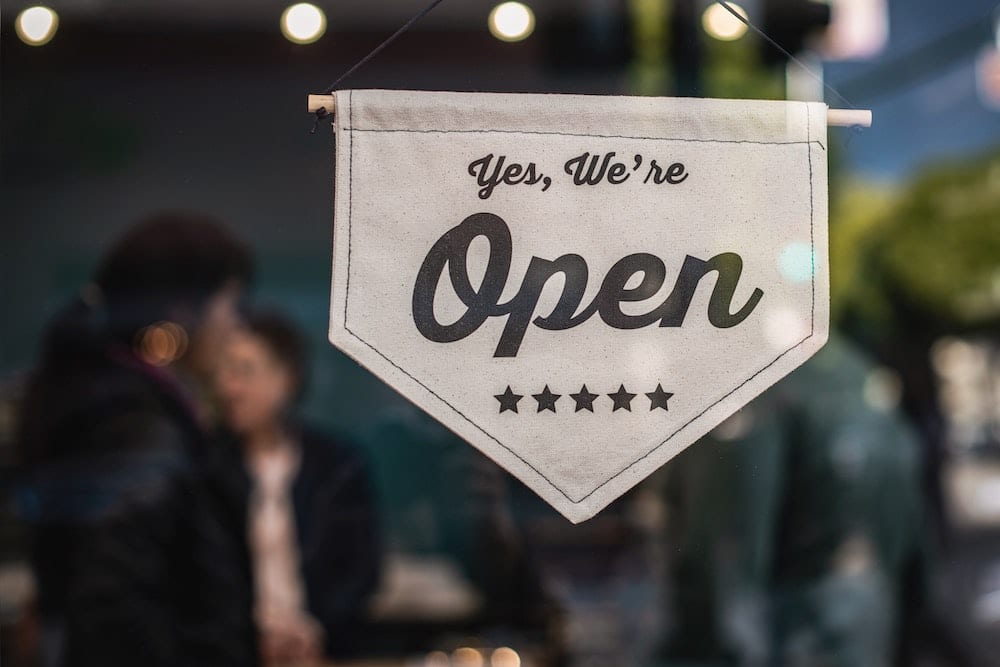In the local media and commerce sectors, we continue to see rapid product evolution as well as maturation in the companies that deliver them. But as that unfolds, we’re also tracking another evolution: SMBs themselves. How are they advancing in terms of marketing and operational-software adoption?
There are many factors at play here, says Yelp SVP Chad Richard, with whom we recently sat down to unravel this topic. One is simply a longstanding replacement cycle as older proprietors retire and younger digital-native SMB leaders phase into the business-owner ranks. This has been underway for decades.
But the pace of that cycle has accelerated due to one big factor: Covid. In other words, the pandemic advanced some SMBs’ retirement. In many cases, they decided to simply treat it as an early exit. This led to new businesses that sprouted up in their place, which has been a force multiplier for tech adoption.
“SMBs owners are more technically advanced and interested than they’ve ever been,” said Richard. “Any business started in 2020 or 2021 was energized and ready for battle. They were not casually entering this new business. They tended to be younger, and they tended to be digital natives.”
Fire Tested
But it’s not just about age, says Richard. SMBs that didn’t retire came out of the pandemic more fire-tested and battle ready. They developed new technological muscles that will continue to be exercised in ongoing tech-forward behavior. The tools they picked up in the Covid era aren’t being put back down.
What are those tools? We’re talking everything from curbside pickup to eCommerce to virtual service fulfillment (think: Yoga Studios). Many of these functions helped SMBs scale and reach long-tail and placeshifted customers… adoption that would have otherwise taken a decade to happen, says Richard.
This importantly merges with another key trend: SMB SaaS. Central to Localogy’s core coverage and thesis about the local media and commerce, it’s not just about marketing anymore. Beyond helping SMBs acquire customers it’s about helping them serve and keep those customers on operational levels.
“It’s not any one aspect of running an SMB, it’s all aspects,” said Richard. “It’s marketing, payments, point of sale, communicating to existing customers, and finding new ones. I couldn’t imagine running a local business without these digital tools. The disadvantages would be tremendous.”
Perfect Storm
Beyond new tech adoption, it’s also about utilizing existing tools. SMBs that used Google and Yelp were suddenly forced to do so with greater frequency. That’s simply due to the early Covid dynamism that forced communication with customers about everything from hours of operation to mask policies.
“The need to communicate was greater, so we saw businesses logging in more often. That was a muscle developed during the pandemic,” said Richard. And just like the new-tech adoption noted above, many SMBs kept exercising those muscles, raising the competitive stakes across the SMB segment.
So if you add it all up, there’s a convergence of factors that have changed the face of the SMB. Adding to all the new variables noted above, there are constants that provide a solid foundation for transformation. We’re talking SMB SaaS maturation and the high-powered computer in every SMB’s pocket.
“We have these evolved SaaS systems that aren’t 3 years old… They’re 10 and 15-year-old thought-out systems,” said Richard. “You also have technology on your body to communicate on the go, a pandemic that accelerated adoption, and digital natives who cycle in as business owners. It’s a perfect storm.”
Darwinistic Dynamics
The remaining question is how local commerce players like Yelp are optimizing their offerings given all these new factors. One answer is to pivot their product road maps to align with shifting demand signals as well as increasingly-adaptive and savvy SMBs. The product development playbook itself has shifted.
This goes back to Localogy’s Pivoting with Agility thesis. And it’s not just about shifting a product road map based on a moving target, but accelerating product development cycles. Here, surviving SMB SaaS players have developed new muscles, just as SMBs have – the same Darwinistic dynamics.
For Yelp, this includes several interlocking product strategies. At a high level, Richard is intent on meeting SMB demand for direct communications with customers – an itch it recently scratched with Yelp Connect. We could also see more tools that help SMBs optimize their businesses on operational levels.
“To date, most of the voices on Yelp are users,” said Richard. “We want to give local businesses better tools to be heard and get messages out quickly to customers. It’s all about product evolution to enable businesses to get stuff done. It’s a different product mindset and it’s been a big area of focus.”



